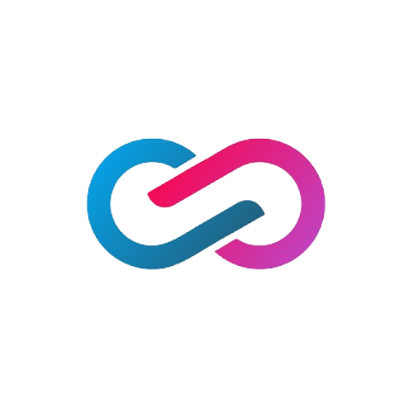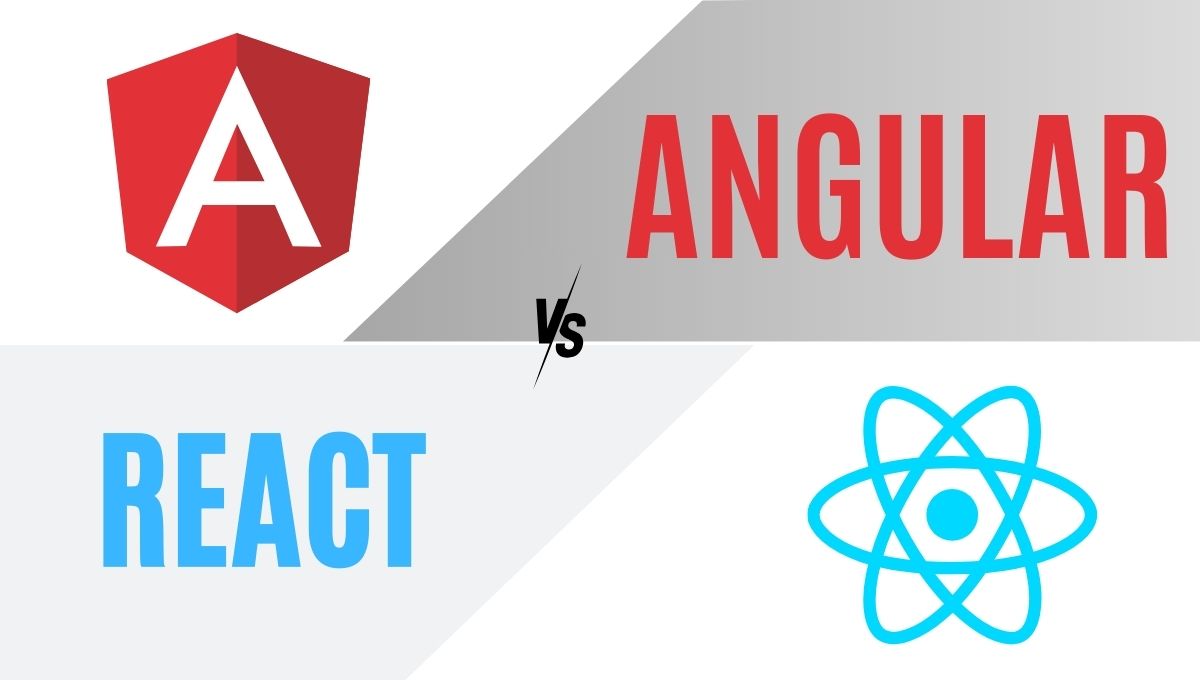What is Selenium? An Overview
Selenium is an open-source testing tool widely used by software testers and developers to automate web-based applications. Selenium is a suite of tools that offers a range of options for web application testing. Selenium was first introduced in 2004 by Jason Huggins, who was working on a web application that required frequent testing. Since then, Selenium has evolved into a comprehensive suite of testing tools that can automate web browsers, simulate user interactions, and validate web elements’ behavior.
In simple terms, Selenium allows you to automate web browsers’ interactions to test web applications’ functionality. Selenium supports various programming languages such as Java, Python, Ruby, C#, and JavaScript, among others.
Selenium offers a range of options for testing web applications, including Selenium IDE, Selenium WebDriver, and Selenium Grid.
Different Types of Frameworks in Selenium
Selenium can be used for different types of web application testing, such as functional, regression, and performance testing. When testing large-scale web applications, it is crucial to use a framework that can manage test cases, test data, and test results efficiently. In this section, we will discuss the different types of frameworks that can be used with Selenium.
1. Data-Driven Framework
The Data-Driven Framework is a framework in which test data is separated from test scripts, allowing testers to reuse test scripts with different sets of test data. The Data-Driven Framework uses external data sources, such as Excel files or databases, to drive the test scripts.
The Data-Driven Framework is useful when testing web applications that require different combinations of data to test various scenarios. With this framework, you can run the same test script with different sets of data to test multiple scenarios quickly.
2. Keyword-Driven Framework
The Keyword-Driven Framework is a framework in which test cases are designed using a set of keywords that represent test actions. The test scripts are written using these keywords, making it easier to understand and maintain the test scripts.
The Keyword-Driven Framework is useful when testing web applications with complex user interactions that require multiple test actions. With this framework, you can design test cases using simple keywords, making it easier to create and maintain test scripts.
3. Hybrid Framework
The Hybrid Framework is a combination of the Data-Driven Framework and the Keyword-Driven Framework. The Hybrid Framework allows testers to reuse test scripts with different sets of test data and design test cases using simple keywords.
The Hybrid Framework is useful when testing web applications that require complex user interactions and different combinations of data. With this framework, you can design test cases using simple keywords and run the same test script with different sets of data to test multiple scenarios quickly.
4. Page Object Model (POM) Framework
The Page Object Model (POM) Framework is a framework in which the web pages’ objects are defined in a separate class file. The POM Framework separates the web page’s objects from the test scripts, making it easier to maintain and reuse test scripts.
The POM Framework is useful when testing web applications with multiple web pages that require different test actions. With this framework, you can define the web pages’ objects in a separate class file and reuse them in different test scripts, making it easier to maintain and update the test scripts.
5. Behavior-Driven Development (BDD) Framework
The Behavior Driven Development (BDD) Framework is a framework in which the test scenarios are written in plain English, making it easier for non-technical stakeholders to understand and validate the test scenarios. The BDD Framework uses a natural language parser to convert the plain English test scenarios into executable test scripts.
The BDD Framework is useful when testing web applications with complex business logic that requires collaboration between technical and non-technical stakeholders.
With the BDD Framework, you can write test scenarios in plain English using a structured format known as Gherkin. The Gherkin language defines the test scenarios using keywords such as Given, When, and Then, making it easier to understand and validate the test scenarios.
6. TestNG Framework
TestNG is a testing framework that can be used with Selenium to manage and execute test cases. TestNG supports various features such as parallel test execution, data-driven testing, and test reporting.
The TestNG Framework is useful when testing web applications with multiple test cases that require advanced features such as parallel test execution and data-driven testing. With this framework, you can manage and execute test cases efficiently and generate detailed test reports.
7. Robot Framework
The Robot Framework is a generic test automation framework that can be used for web application testing using Selenium. The Robot Framework supports various programming languages such as Python and Java and offers a range of libraries for web application testing.
The Robot Framework is useful when testing web applications with complex test scenarios that require advanced features such as test data management and test reporting. With this framework, you can manage and execute test cases efficiently and generate detailed test reports.
Conclusion
Selenium is a powerful tool for web application testing that offers a range of options for test automation. When testing web applications with Selenium, it is crucial to use a framework that can manage test cases, test data, and test results efficiently. The frameworks discussed in this article can be used to manage and execute test cases efficiently and generate detailed test reports.
Top FAQ on Selenium
What is Selenium?
Selenium is an open-source testing tool widely used by software testers and developers to automate web-based applications. Selenium allows you to automate web browsers’ interactions to test web applications’ functionality.
What are the different types of frameworks in Selenium?
The different types of frameworks in Selenium are Data-Driven Framework, Keyword-Driven Framework, Hybrid Framework, Page Object Model (POM) Framework, Behavior Driven Development (BDD) Framework, TestNG Framework, and Robot Framework.
Which framework should I use for web application testing with Selenium?
The framework you should use for web application testing with Selenium depends on the complexity of your test scenarios and the features you require. The frameworks discussed in this article can be used to manage and execute test cases efficiently and generate detailed test reports. Choose a framework that best suits your testing requirements.
Is Selenium a programming language?
No, Selenium is not a programming language. It is a testing tool that allows you to automate web browsers’ interactions to test web applications’ functionality. However, you need to know a programming language such as Java, Python, or C# to write test scripts using Selenium.
What are the advantages of using a framework with Selenium?
Using a framework with Selenium can offer various advantages such as managing test cases and test data efficiently, reducing script maintenance efforts, improving test coverage, and generating detailed test reports. Frameworks can also provide advanced features such as parallel test execution and data-driven testing.
How do I choose a framework for web application testing with Selenium?
Choosing a framework for web application testing with Selenium depends on various factors such as the complexity of your test scenarios, the features you require, and the programming language you are familiar with. Consider the advantages and limitations of each framework and choose the one that best suits your testing requirements.








